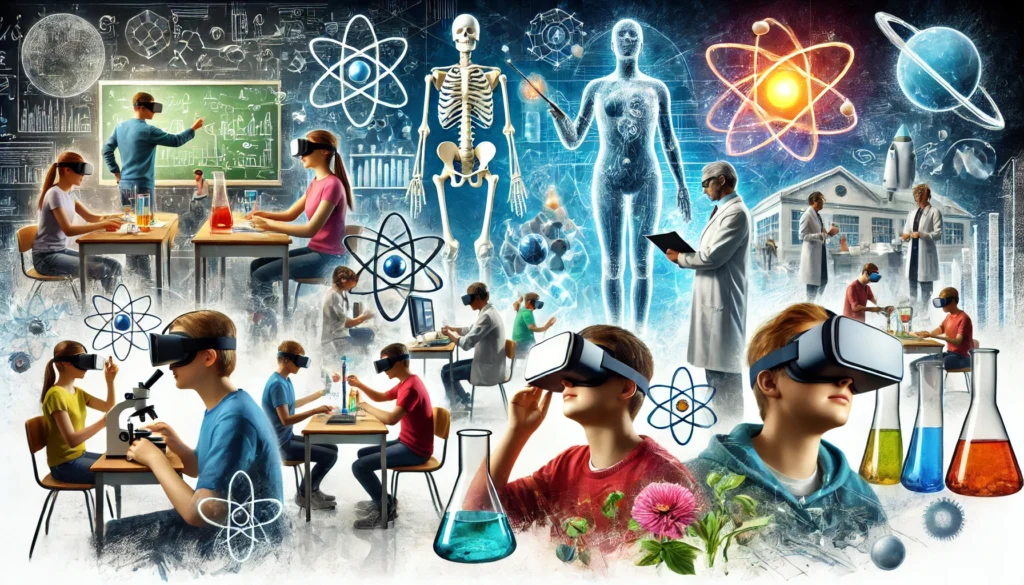/ Jan 31, 2025

From Lab to Classroom: How VR Headsets are Changing the Face of Science, Technology, Engineering, and Math (STEM) Education
The world of science, technology, engineering, and math (STEM) education is undergoing a revolution, and virtual reality (VR) headsets are at the forefront of this innovation. By providing immersive, interactive, and engaging learning experiences, VR technology is transforming the way students learn and interact with complex concepts, theories, and applications in the STEM fields.
A New Era of Immersive Learning
Traditional teaching methods, which often rely on static diagrams and 2D illustrations, can be dry and unengaging for many students. VR headsets, on the other hand, offer an unparalleled level of immersion, allowing students to participate in interactive simulations, explore virtual labs, and interact with 3D models of complex structures and systems. This more engaging approach can lead to increased student motivation, cognitive development, and better retention of information.
Applications in STEM Education
The applications of VR technology in STEM education are vast and varied. Here are a few examples:
Benefits and Advantages
The benefits of using VR headsets in STEM education are numerous:
Challenges and Future Directions
While VR headsets have the potential to revolutionize STEM education, there are still challenges to overcome, such as:
Despite these challenges, the future of VR in STEM education looks bright. As technology continues to evolve, we can expect to see more affordable, accessible, and sophisticated VR headsets that will open up new possibilities for engaging and effective learning experiences.
Conclusion
The integration of VR headsets in STEM education is transforming the way students learn and interact with complex concepts and applications. By providing immersive, interactive, and engaging experiences, VR technology has the potential to increase student motivation, understanding, and retention, leading to a more effective and enjoyable learning experience. As VR technology continues to evolve, we can expect to see even more innovative applications and opportunities for educators and students alike. The future of STEM education is looking bright, and it’s time to don the VR headset and dive into the next generation of learning.